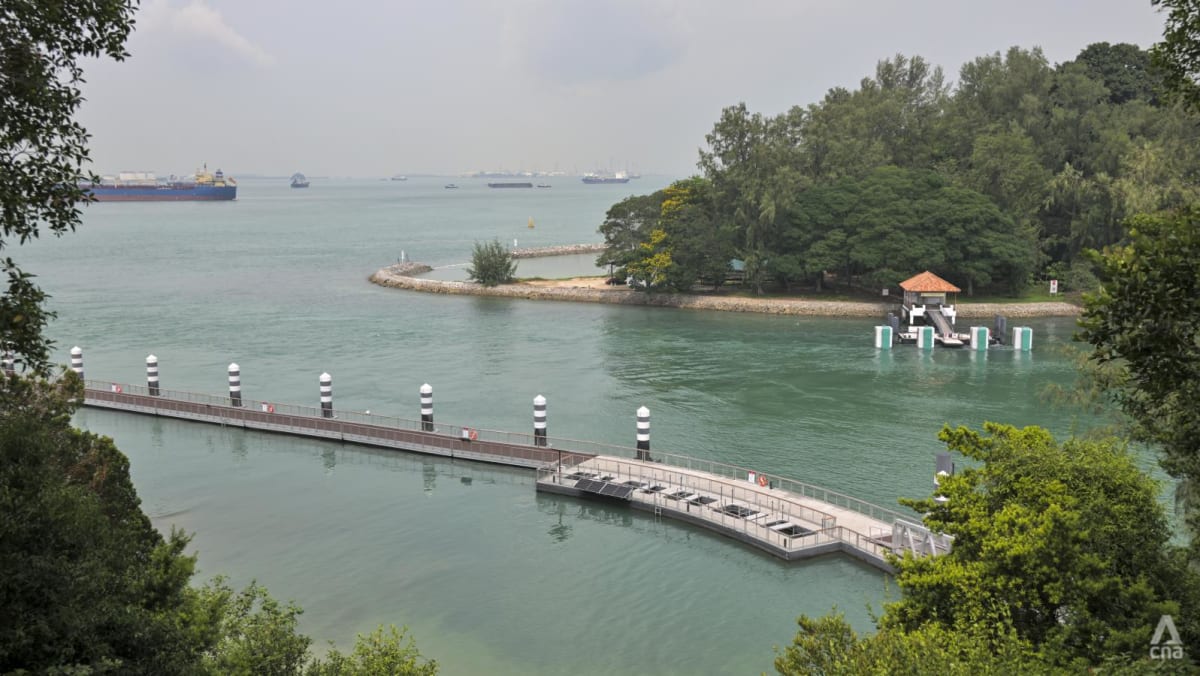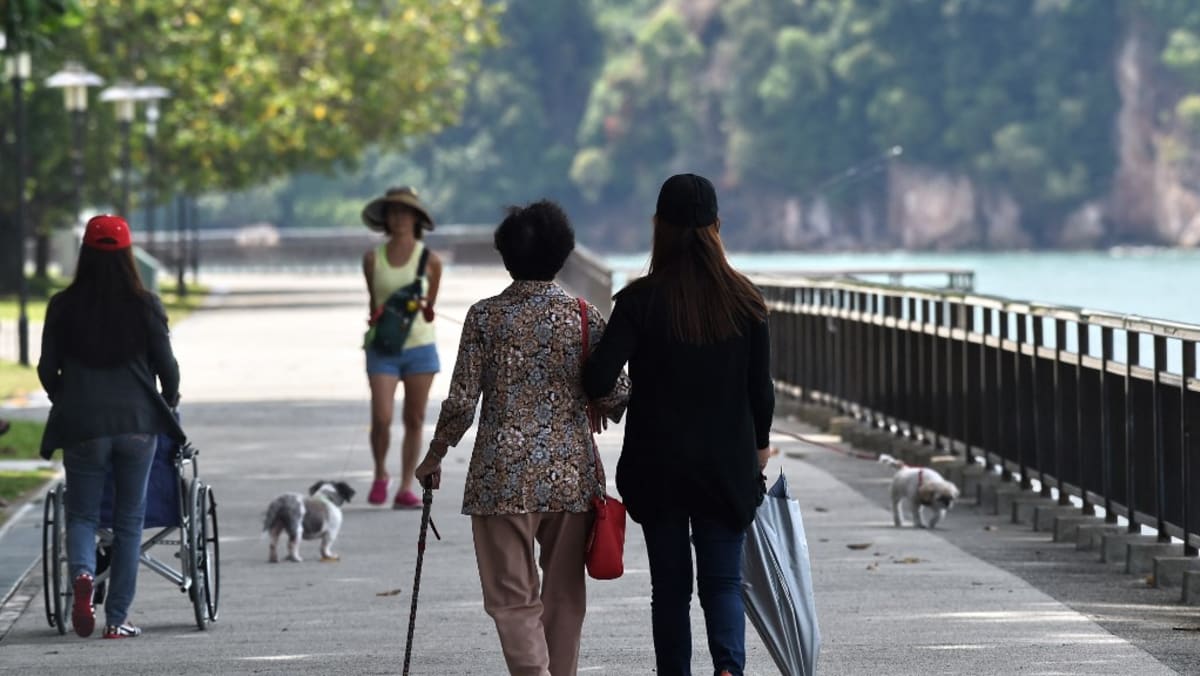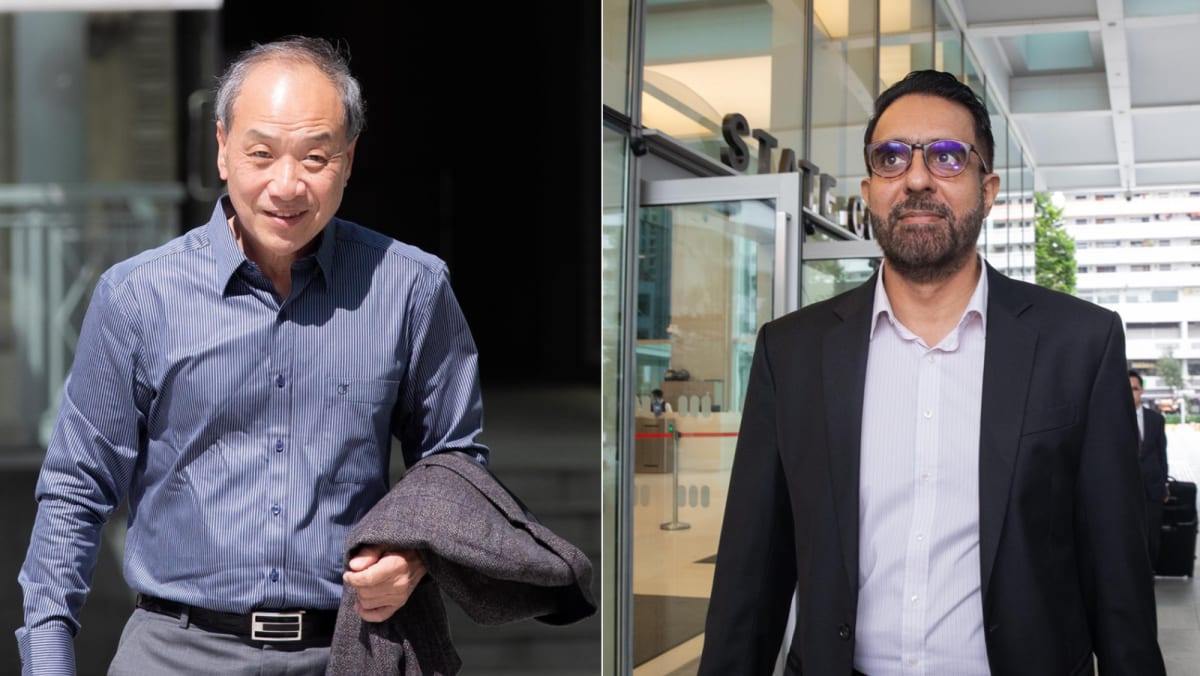Financial sector growth should also continue to be supported by global monetary policy easing.
Fund managers are seeing assets under management grow as international investors take an interest in Asia.
MANUFACTURING RECOVERY IN Q3
The report noted that Singapore’s economy “rebounded decisively” in the third quarter of the year, with the Ministry of Trade and Industry reporting an advance estimate of 4.1 per cent.
MAS said the growth in the third quarter was above the pre-COVID average, and close to 60 per cent of industries recorded growth that was average or above average between July and September.
For the full year, the improvement can be attributed to a turnaround in external facing sectors, but the broadening recovery in the manufacturing sector gave the economy a boost in the third quarter.
Increased trading activity in the financial sector and the return of Chinese tourists also supported the stronger performance of the economy.
All manufacturing clusters registered growth in output in the third quarter, led by electronics which expanded by 15.4 per cent compared with the same period a year ago.
The biomedical cluster also grew by 8.8 per cent after 10 quarters of contraction.
In the financial sector, there was stronger trading activity amid market volatility. MAS said the “global market gyrations” in August saw investors rebalancing their portfolios.
Meanwhile, tourism-related industries benefited from an increase in average monthly visitor arrivals. The number of Chinese visitors rose by 56 per cent, contributing to around two-thirds of the increase in arrivals.
Hotel occupancies climbed from July to August, in part driven by lengthier stays among Chinese tourists, MAS said.
“Although the outlook for 2024 is mostly secured, there are downside risks to growth next year should an acute escalation in geopolitical and trade tensions or a sharper growth slowdown in China set in,” the central bank said.
It pointed to the upcoming presidential elections in the United States and tensions in the Middle East as possible risk factors that could weigh on Singapore’s economic prospects.
The durability of the AI-led tech cycle recovery also remains uncertain, MAS said, noting that it could be sensitive to aggregate demand conditions.
INFLATION TO SLOW FURTHER
Core inflation, which excludes accommodation and private transport, is expected to end this year at around 2 per cent compared with a year ago, the central bank predicted.
Compared with the third quarter, however, inflation could pick up in the last three months of the year because of seasonal demand.
The declining trend should continue despite possible volatility.
Revised public healthcare subsidies should help essential services inflation to slow, and crude oil prices are also lower than last year.
In the near term, inflation should remain controlled, with inflation in major goods-producing economies still weak.
“Services inflation associated with holiday expenses should also ease as demand and supply in the global tourism industry fully normalise,” MAS said.
Both core and headline inflation are expected to average 1.5 per cent to 2.5 per cent next year, as the effect of the goods and services tax hike dissipates.
If the global economy sees a significant downturn due to geopolitical tensions, however, that could trigger an “abrupt and generalised weakening” in prices, and domestic inflation would come in materially lower than expected.













